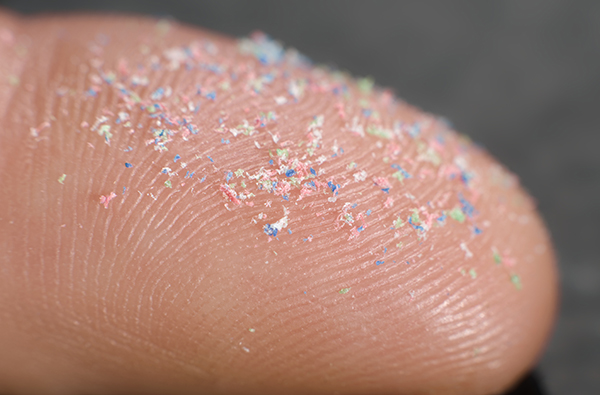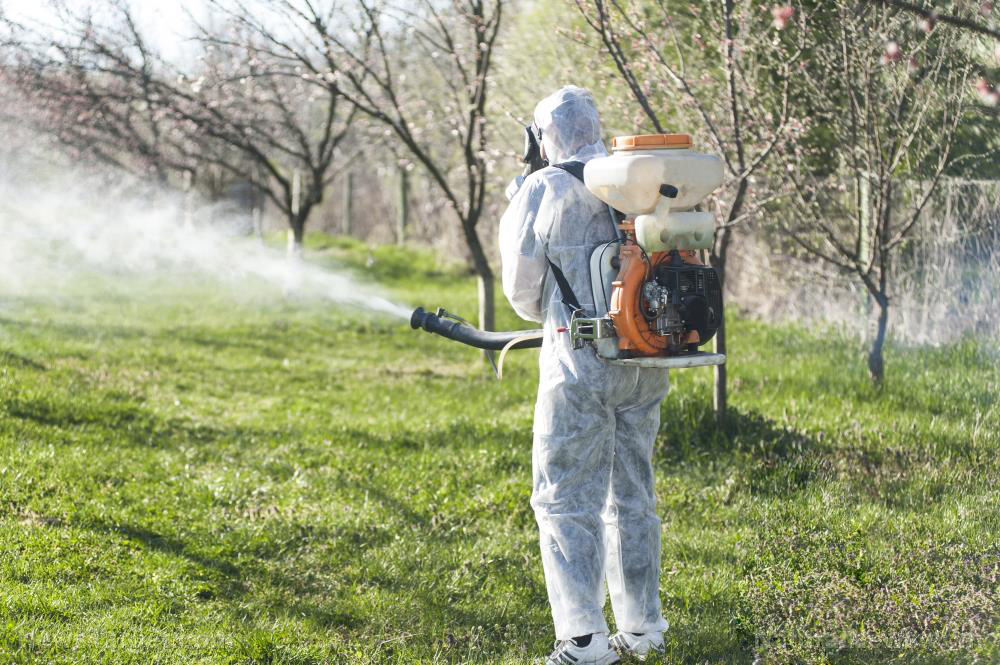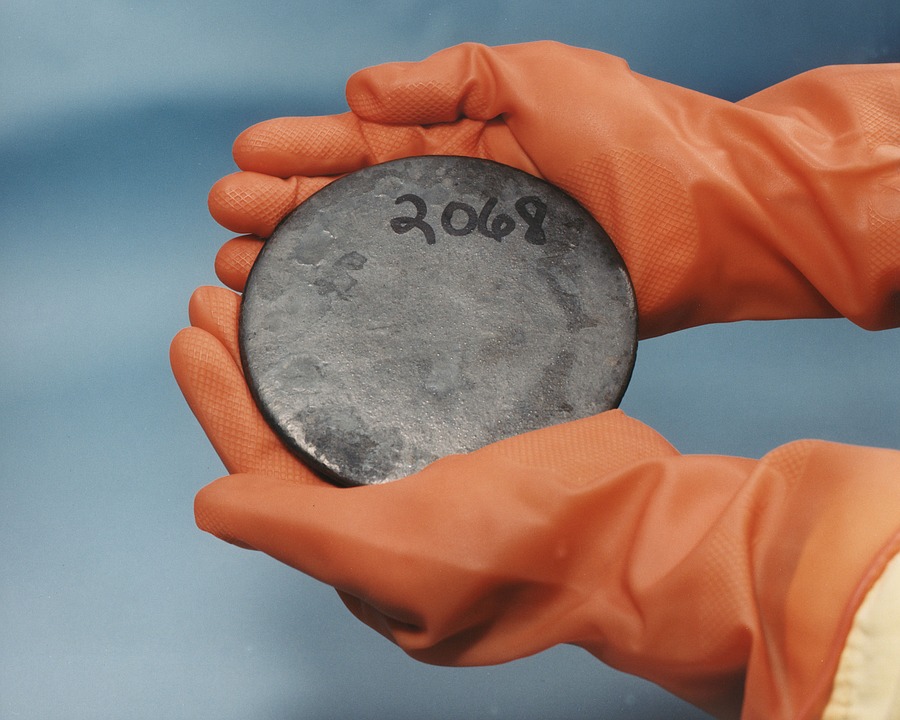Household chemicals potentially linked to AUTISM and MULTIPLE SCLEROSIS: Study warns of hidden dangers in everyday products
11/17/2025 / By Evangelyn Rodriguez

- Organophosphate flame retardants (OFRs) and quaternary ammonium compounds (QACs)—found in furniture, disinfectants and personal care products—were shown to severely damage oligodendrocytes (brain cells critical for nerve function), potentially contributing to autism spectrum disorder (ASD) and multiple sclerosis (MS).
- CDC data revealed OFRs in 99% of children’s urine samples, while QAC exposure surged during COVID-19. Children with developmental delays or in special education had the highest chemical concentrations.
- The study highlights that genetics alone don’t explain rising ASD rates, implicating pervasive environmental toxins absorbed by kids through dust, skin contact and hand-to-mouth behavior.
- Researchers demand stricter regulations, public awareness campaigns and industry reformulation of products to eliminate neurotoxic chemicals.
- Families are advised to avoid toxic products and opt for natural alternatives, but systemic change is critical to protect children from these hidden health risks.
A groundbreaking study published in Nature Neuroscience has raised urgent concerns about common household chemicals and their potential role in autism spectrum disorder (ASD) and other neurological conditions. Researchers at Case Western Reserve University School of Medicine found that children with developmental delays or movement dysfunction had significantly higher levels of organophosphate flame retardants (OFRs) and quaternary ammonium compounds (QACs) in their bodies compared to their peers. These chemicals—found in furniture, cleaning products, personal care items and even hand sanitizers—damage critical brain structures, according to experiments on mice. With autism now affecting one in 31 U.S. children, the study calls for stricter scrutiny of these pervasive substances.
The chemicals in question and how they harm the human brain
OFRs, used as flame retardants in electronics, carpets and nail polish, were detected in 99% of urine samples from children aged three to 11 in CDC data analyzed by the team. Meanwhile, QACs–antimicrobial agents in disinfectants, shampoos and sunscreens–were also prevalent, and exposure surged during the COVID-19 pandemic due to heightened use of sanitizers.
Lead researcher Dr. Paul Tesar emphasized the stakes: “Our findings suggest that more comprehensive scrutiny of the impacts of these common household chemicals on brain health is necessary.”
In lab tests, mouse brain tissue exposed to OFRs and QACs showed severe damage to oligodendrocytes—the cells that insulate nerves and enable efficient brain communication. These cells either stopped developing or died entirely.
“We found that oligodendrocytes—but not other brain cells—are surprisingly vulnerable to quaternary ammonium compounds and organophosphate flame retardants,” said co-author Erin Cohn. Nerve damage from such disruptions is linked to ASD, multiple sclerosis (MS) and other neurological disorders.
Children at higher risk
The study revealed alarming disparities: Children requiring special education services had the highest chemical concentrations in their blood. While genetics play a role in ASD, Tesar’s team noted that “only a fraction of cases can be attributed to genetics alone,” pointing to environmental triggers. With OFRs lingering in dust and QACs absorbed through skin contact, kids—who crawl, play on floors and put their hands in their mouths—face disproportionate exposure.
The findings arrive as autism diagnoses climb steadily. Meanwhile, MS—another condition tied to oligodendrocyte damage—affects nearly one million Americans, with symptoms ranging from muscle spasms to memory loss. While the study doesn’t prove causation, it underscores the need for deeper investigation.
The researchers urge:
- Tighter regulations on OFRs and QACs akin to bans on lead or asbestos.
- Public awareness campaigns to reduce exposure, especially for pregnant women and young children.
- Industry reformulation of products to eliminate neurotoxic chemicals.
As science unravels the complex origins of autism, this study spotlights an overlooked peril: the silent accumulation of household toxins in children’s bodies. “Understanding human exposure to these chemicals may help explain a missing link in how some neurological diseases arise,” said Cohn.
For families, the message is clear—scrutinizing labels and opting for natural alternatives could be a critical step toward safeguarding brain health. Until policymakers act, however, these chemicals will remain ubiquitous, leaving millions of children vulnerable to their hidden effects.
According to BrightU.AI‘s Enoch, safe natural alternatives to OFRs include wool, silica and clay-based coatings, while QACs can be replaced with vinegar, baking soda or essential oils like tea tree or thyme oil for cleaning and disinfection.
The study, published in a leading peer-reviewed journal, adds to growing evidence that environmental toxins are shaping the autism epidemic. With further research, researchers hope to pinpoint safe exposure thresholds and spur changes that will protect future generations.
Watch the following video to learn about the toxic chemicals in household products that you should avoid at all cost.
This video is from the Daily Videos channel on Brighteon.com.
Sources include:
Submit a correction >>
Tagged Under:
This article may contain statements that reflect the opinion of the author




















